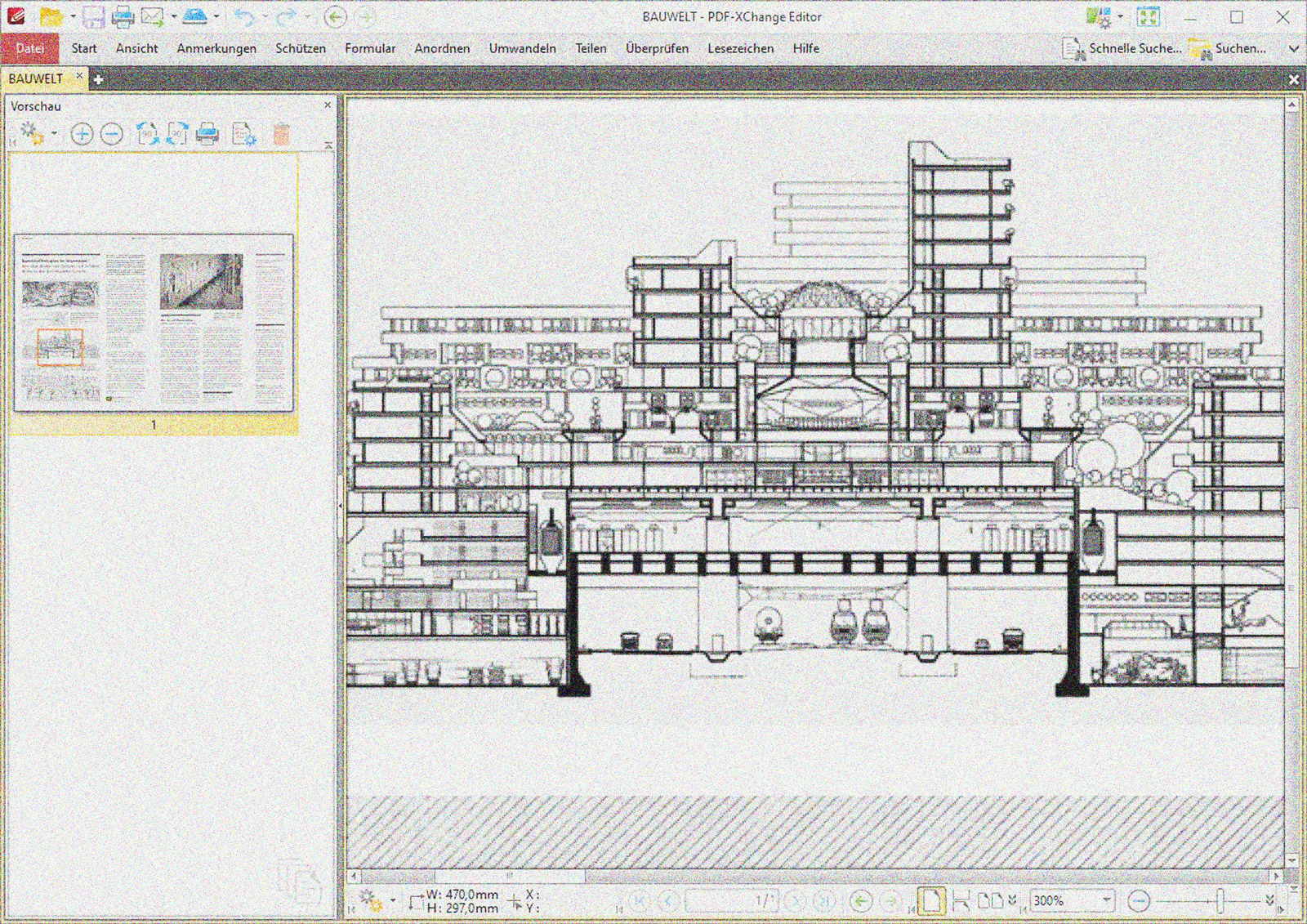MICROARTICLE #Mobility & Flows
There’s a
Train Comin’
By: CO/NOW
MICROARTICLE Mobility & Flows
Wissensstadt Berlin 2021
Published on June 26, 2021
Students of O. M. Ungers developed large-scale complexes planned over transport infrastructures at the TU Berlin in the 60s. Ironically, his large-scale buildings in the Märkisches Viertel remained underutilised in terms of transport, which led to massive social problems.
Besides the legendary design of the "Band Stadt" (linear city), built above a railway in Grunewald by Ursulina Schüler-Witte and Ralf Witte; along with the Schlangenbader Straße motorway superstructure, designed by Georg Heinrichs, Gerhard and Klaus Krebs; or even Berlin's Central Station by gmp; there are at least two other examples of the linking of infrastructure and urban space in Berlin.
Building over infrastructure not only can be an answer to questions of urban redensification or a way to bridge unintended boundaries; this strategy has also the potential to develop new centers within an existing polycentric urban fabric, that would share excellent connections to the public transport system and could be built on land owned by state, and thus, common to all.
BB2040
[EN] Berlin Brandenburg 2040 was initiated by the Habitat Unit in cooperation with Projekte International and provides an open stage and platform for multiple contributions of departments and students of the Technical University Berlin and beyond. The project is funded by the Robert Bosch Foundation.
[DE] Berlin Brandenburg 2040 wurde initiiert von der Habitat Unit in Kooperation mit Projekte International und bietet eine offene Plattform für Beiträge von Fachgebieten und Studierenden der Technischen Universität Berlin und darüberhinaus. Das Projekt wird von der Robert Bosch Stiftung gefördert.









